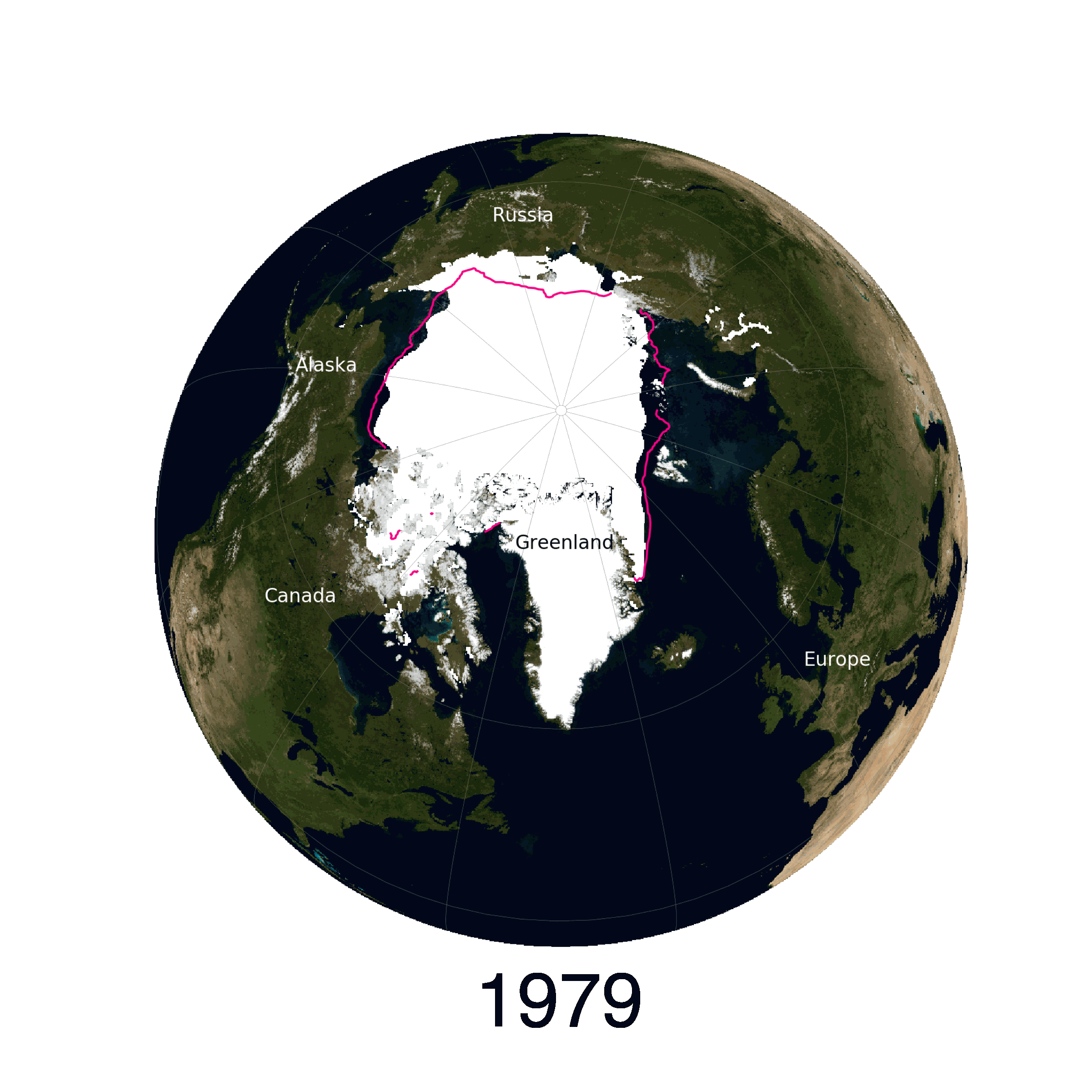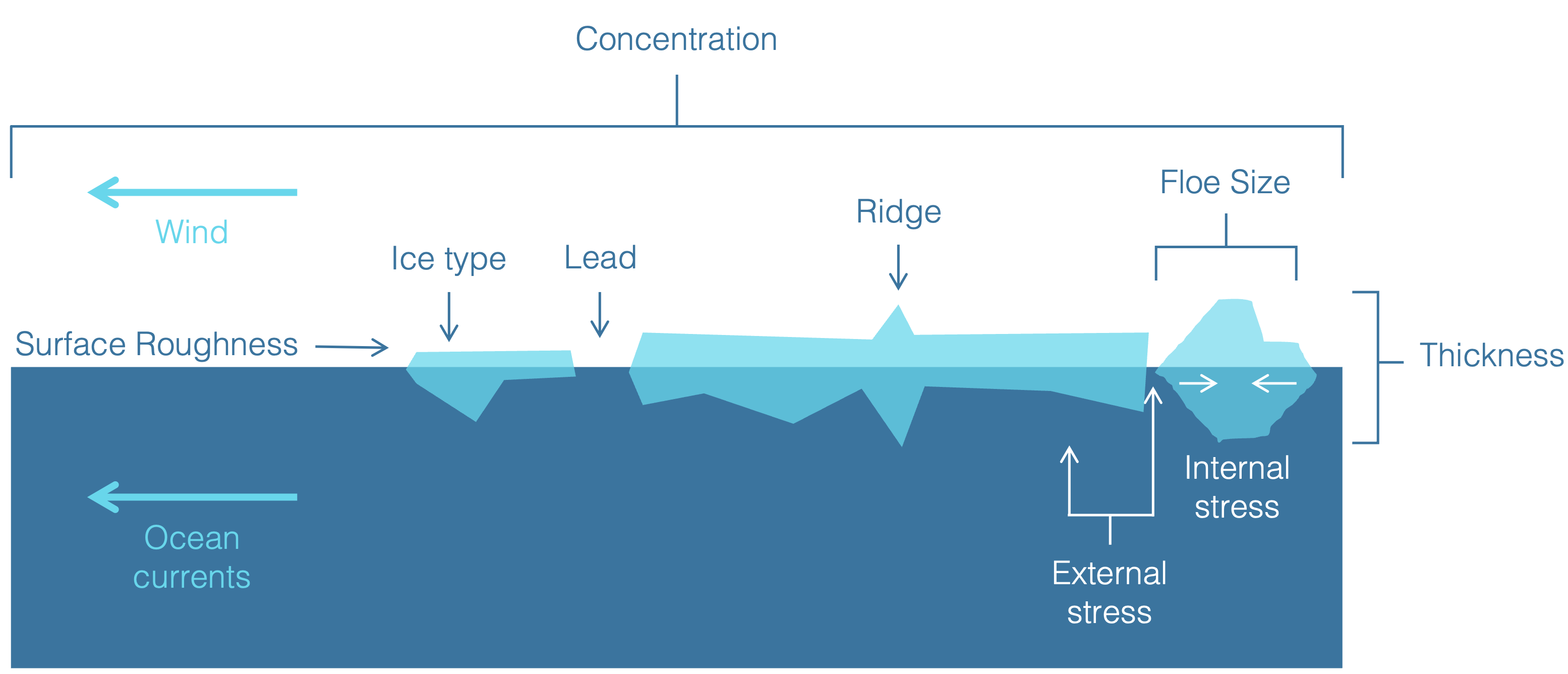Due to changes in climate, the Arctic is warming three times as fast as the global average. This has led to a decline in sea ice extent and concentration, and an increase in sea ice drift velocity. And so monitoring these changing sea ice dynamics plays a vital part in understanding the effects of climate change.

Sea ice dynamics are complex, as they are driven by a series of external factors in the ocean and atmosphere, and internal stresses inherent to the nature of ice. The motion of sea ice is non-rigid and involves both continuous and discrete particle motion and its analysis can vary in spatial scale from meters to thousands of kilometers, with each scale useful for some type of analysis.
.

To aid in the research of sea ice analysis, we have been developing methods for sea ice motion estimation and lead detection that aim at providing high-resolution and reliable data, the details of which can be found in the corresponding tabs above.